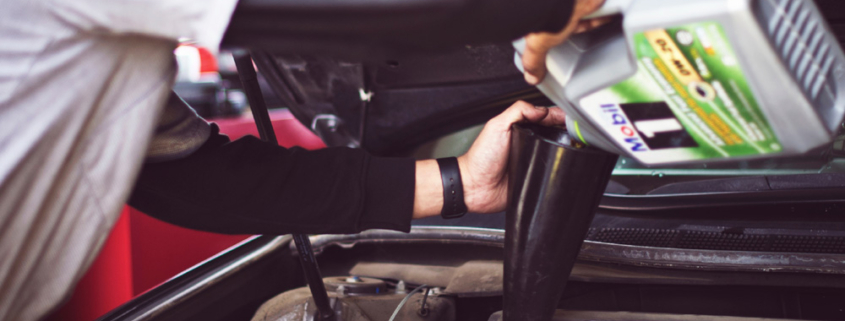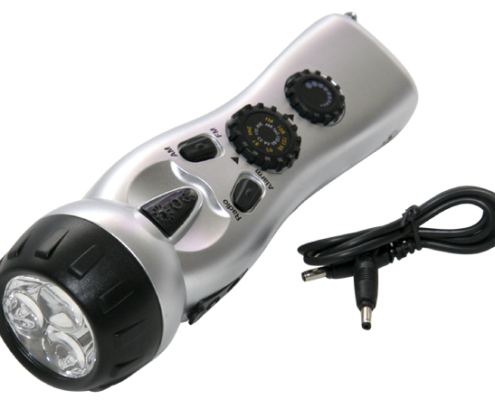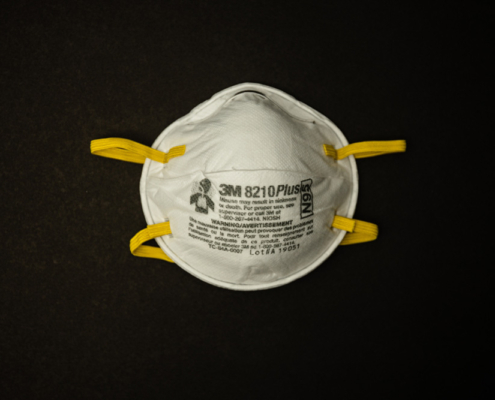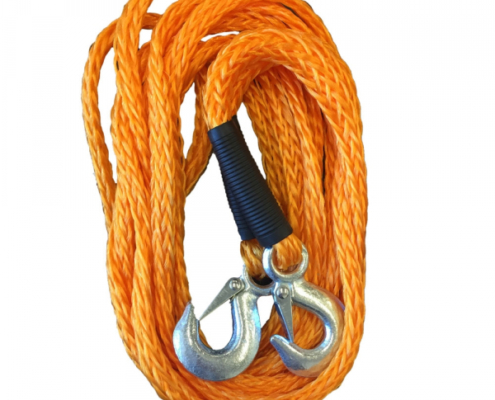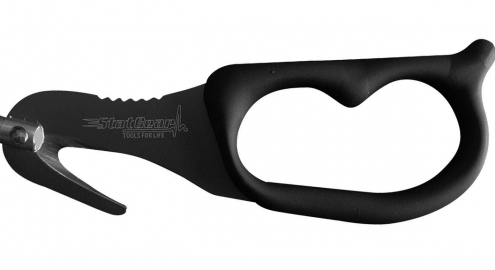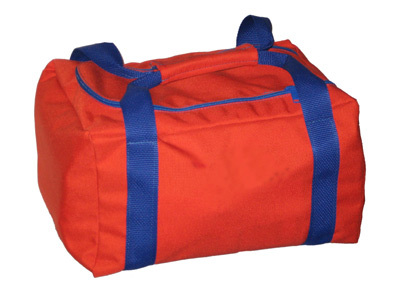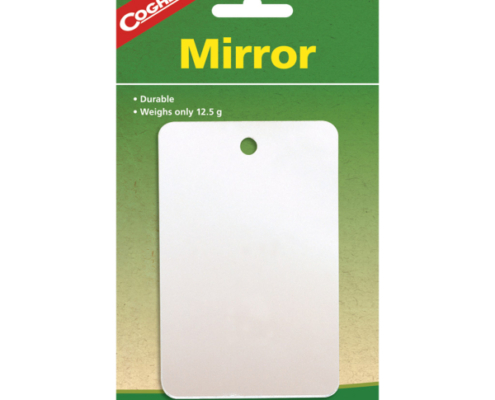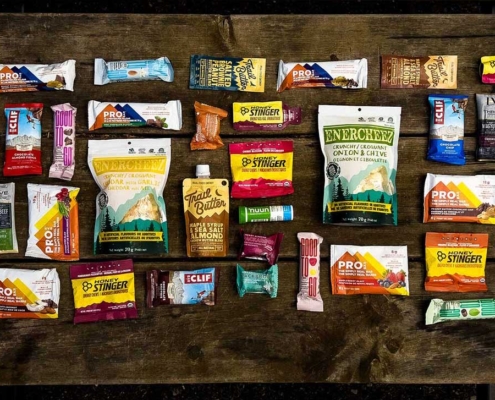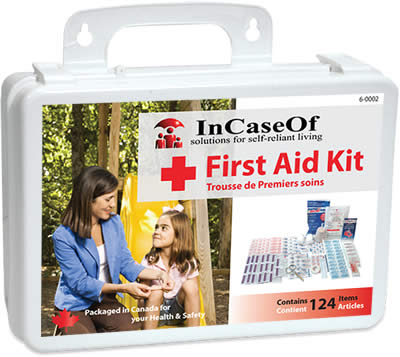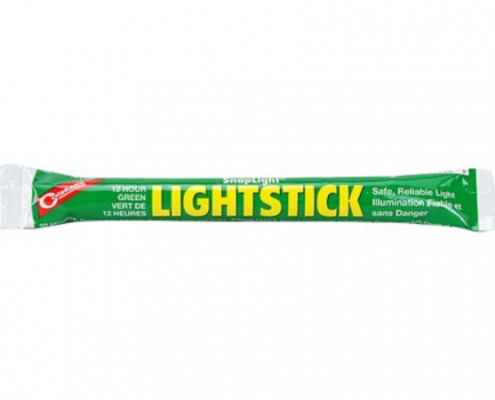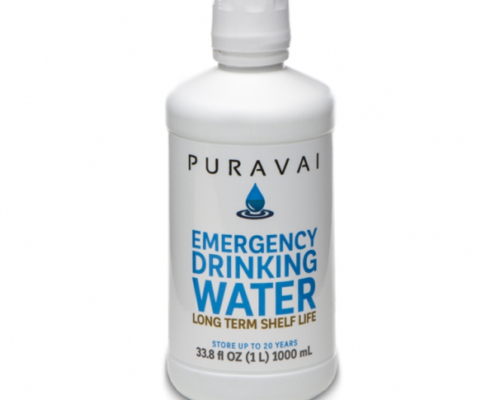Preparing Your Vehicle for Emergencies: Car Kits and Maintenance
This article will contain the following information:
- Car Emergency Kits: Why & How
- Vehicle Maintenance
- Tire Care
- Fluid Levels
- Understanding Fuel
- How to Use Jumper Cables
Why Vehicle Preparedness Matters
Your vehicle can be your greatest asset during an emergency, so ensure it’s in top shape and stocked with essential supplies.
- A properly functioning vehicle enables you to evacuate dangerous areas swiftly during natural disasters, such as a tornado, hurricane, flood, or wildfire. When seconds count, a reliable car can be the key to your safety.
- Breakdowns, accidents, and unforeseen weather circumstances can happen at any time, in any location. Being prepared can help you handle these situations, preventing minor inconveniences from becoming major crises.
Creating a Car Emergency Kit

Now, let’s talk about a comprehensive car emergency kit. Your kit should encompass a wide range of items to help you handle a variety of emergency situations. Here’s some items to consider:
- Flashlight

- Tool box
- Wrench/Pliers/Screwdrivers
- Multi-tool
- Hammer
- Zip ties
- Socket set
- Booster Cables
- Tow Rope
- Spare tire & car jack
- Tire Repair Kit
- Spare tire
- Ensure you have a functioning spare tire.
Lesson Learned: Summer 2023 we were camping in British Columbia and on the way we were in a 100km zero services zone (you may know it on the way to Radium), and blew a tire 40kms away from the next town. We were 100% prepared to change the tire (and did) but as it turned out the spare tire was flat! So we had to drive to the next town with a flat, praying hard it didn’t blow the last leg of the trip.
- First Aid Kit
- Food & Water
- This item comes with an example disclaimer: Here in Alberta our winters can be as cold as -40C, and our summers can be as hot as +30C. Storing food and water needs to be done with caution. Water can freeze, and food can melt. Pack accordingly.
- Blankets and extra clothing / outerwear (especially during winter)
- Emergency blankets, emergency poncho, light sticks, portable toiletries
- Phone charger
- Spare cash
- Wet wipes / sanitizer
- Windshield scraper
- Seatbelt escape tool
Other Possible Tools:
- Air compressor (portable or large scale)
- Multi-meter to test your battery
Pro-Tip: Many of the above items can in fact be found in one of our 72 Hour Kits or our Car Kits
We keep a stocked 72 hour kit by the garage door to take in the vehicle on longer trips. We keep basic tools and cables permanently in our vehicles.
Pro-Tip: When I turned 16 years old and had my own car, my parents gifted me a practical car essential for every Christmas and birthday. By the time I graduated high school I had my own fully stocked tool box, booster cables, and all the necessary gear to drive safely.
CAR FACTS
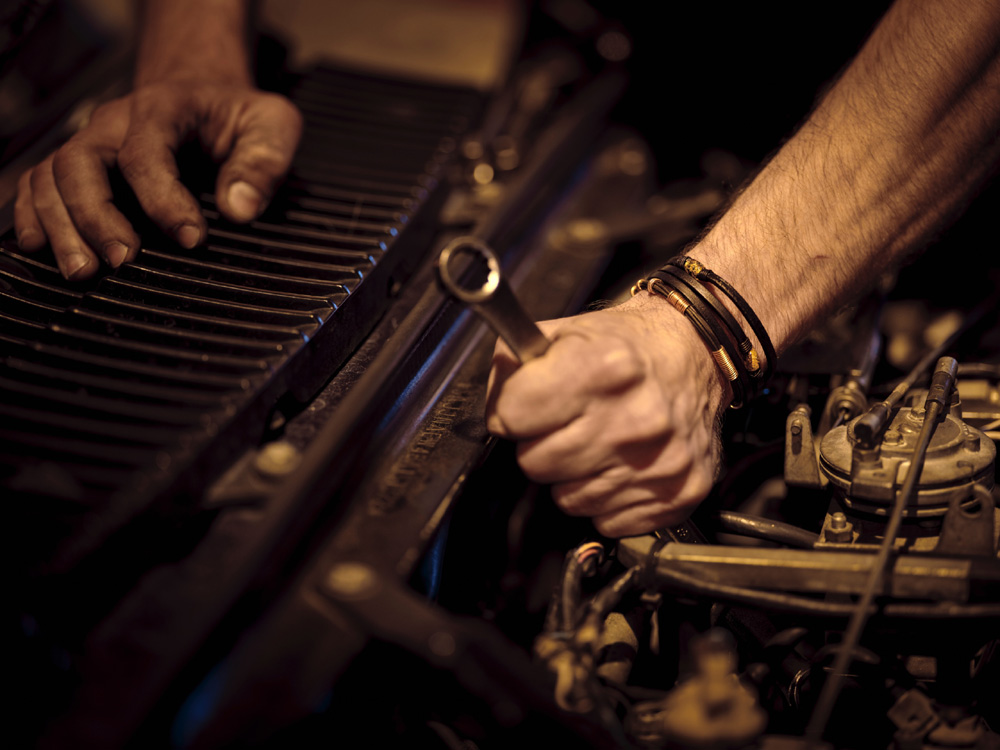
Vehicle Maintenance for Preparedness
- Regular Servicing: Stick to a regular maintenance schedule as recommended by your car’s manufacturer or a trusted mechanic. Regular servicing ensures that your vehicle is in excellent condition and less likely to experience mechanical failures.
- Battery Health: Have your car battery checked regularly. Most batteries now have a projected lifespan posted on them. Some common warning signs are dashboard light, car not starting smoothly, or noticing electrical components not always working efficiently (ex: power window switches)
- Brake and Light Check: Ensure that your brakes, headlights, and taillights are working. Proper brakes and lights are for your safety on the road, especially during adverse weather or low-light conditions.
- Emergency Repairs: Learn some basic car repair skills, such as changing a tire or jump-starting a dead battery.
Pro-Tip: Keep record of services in a notebook, on a whiteboard, or in a phone app
Tire Care:
Check your tire pressure regularly and ensure that your spare tire is in good shape. Use your tire-pressure gauge. Don’t know how? Let me teach you!
- Use the Tire Pressure Gauge: Hold the tire pressure gauge in one hand and press the gauge’s nozzle onto the valve stem in the other hand. Make sure it’s a snug fit, so no air escapes.
- Read the Pressure: In the gauge’s display window, you’ll see the pressure reading in pounds per square inch (PSI). Hold the gauge steady until the reading stabilizes. Some gauges have a digital display, while others have a dial with a needle. Read the measurement from the display.
- Compare to Recommended Pressure: Consult your vehicle’s owner’s manual, the sticker inside the driver’s door jamb, or the manufacturer’s recommendations in the manual. This information will tell you the recommended PSI for the front and rear tires.
- If the Pressure is Too Low: Low pressure equals low air. Fill with air until it matches the recommended PSI.
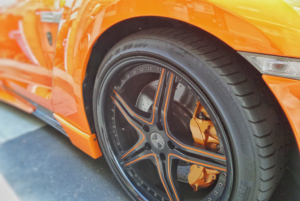
- If the Pressure is Too High: If the pressure is too high, release some air from the tire by gently pressing the small pin on the valve stem. Recheck the pressure with the gauge until it matches the recommended PSI.
- Check Regularly: Check your tire pressure about once a month and before long trips. Proper tire pressure helps with fuel efficiency, tire wear, and overall vehicle safety.
Fluid Levels:
- Engine Oil: Engine oil lubricates the engine’s moving parts, reducing friction, and dissipating heat. It also helps keep the engine clean by carrying away contaminants. Regular oil changes help maintain the engine’s health. You can check oil levels on the dip-stick.
- Driving Conditions: Your driving habits and conditions can impact oil change intervals. If you frequently drive in severe conditions such as extreme heat, cold, dusty environments, stop-and-go traffic, or towing heavy loads, you may need more frequent oil changes.
- Manufacturer Recommendations: Always consult your vehicle’s owner’s manual for the manufacturer’s recommended oil change intervals. These recommendations are specific to your vehicle’s make and model and take into account factors such as the engine design and the type of oil used.
- Oil Life Monitor Systems: Many modern vehicles come equipped with oil life monitor systems. These systems use sensors to monitor various factors like engine temperature, RPM, and driving conditions to calculate when it’s time for an oil change. When the system alerts you to change the oil, it’s best to follow its guidance
- All oils are different – conventional, synthetic or a blend. Be sure you are using the correct type for your vehicle.
More Fluids:
- Transmission Fluid: Transmission fluid is used in automatic and manual transmissions to lubricate gears, provide hydraulic pressure for gear shifts, and cool the transmission.
- Coolant/Antifreeze: Coolant, often referred to as antifreeze, circulates through the engine to regulate temperature. It prevents the engine from overheating in hot weather and freezing in cold weather. Maintaining the proper coolant level and mixture is essential for the engine’s cooling system.
- Brake Fluid: Brake fluid is a hydraulic fluid that transfers force from the brake pedal to the brake calipers, causing the brakes to engage. It must have a high boiling point to withstand the heat generated during braking. Regular checks and maintenance of the brake fluid are crucial for safe braking.
- Power Steering Fluid: Power steering fluid is used in vehicles with power steering systems. It assists the driver in turning the steering wheel with less effort. Keeping the power steering fluid at the correct level and condition is essential for smooth steering. If you feel your steering wheel is stiff, it could be related to power steering fluids.
- Windshield Washer Fluid: Windshield washer fluid is used to clean the windshield and maintaining good visibility while driving. Keep the washer fluid reservoir filled. Keep a spare jug in your car, especially if you drive in the winter. Make sure to use summer fluid only in summer, and have winter rated fluid during colder weather. If the summer fluid freezes, it could expand and crack your washer fluid reservoir.
Fuel:
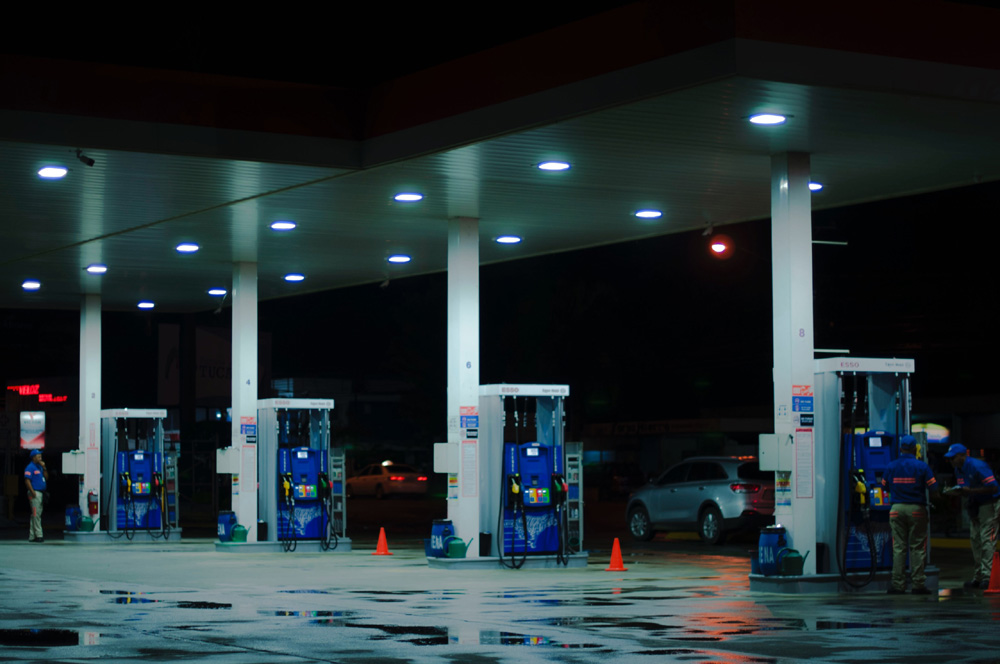
Fuel powers the engine and keeps the vehicle moving. It’s important to use the appropriate type of fuel recommended for your vehicle’s engine and to refuel as needed.
Regular and Premium are terms often associated with gasoline at the pump. These terms refer to different octane ratings of gasoline, which affect the performance and efficiency of your vehicle. Here are the key differences between regular and premium gasoline:
Octane Rating:
-
- Regular Gasoline: Regular gasoline typically has an octane rating of 87. This is the most common type of gasoline available at most gas stations.
- Premium Gasoline: Premium gasoline has a higher octane rating, often around 91 to 93, but it can vary by location and brand.
Engine Compression Ratio:
The compression ratio determines the efficiency of an engine. Higher compression ratios lead to more efficient engines because they allow for better utilization of the energy in the air-fuel mixture. It’s the measurement of how much the air-fuel mixture is compressed inside the engine’s cylinders when the piston moves.
- Regular Gasoline: Regular gasoline is suitable for most vehicles with lower to moderate engine compression ratios. It is the standard fuel for the majority of cars.
- Premium Gasoline: Premium gasoline is recommended for vehicles with higher-performance engines or engines with higher compression ratios. It is often used in sports cars, luxury vehicles, and some high-performance and turbocharged engines.
Anti-Knock Properties:
- Regular Gasoline: Regular gasoline is designed to resist engine knocking (premature ignition of the air-fuel mixture) in engines with typical compression ratios. It provides sufficient anti-knock properties for most vehicles.
- Premium Gasoline: Premium gasoline offers enhanced anti-knock properties, which help prevent engine knocking in high-performance engines with greater compression ratios.
Performance and Efficiency:
- Regular Gasoline: Regular gasoline is suitable for everyday driving and meets the needs of the average vehicle. Using regular gasoline in a vehicle designed for it will not typically result in any issues.
- Premium Gasoline: Premium gasoline may offer improved performance and efficiency in vehicles designed to utilize its higher octane rating. High-performance and turbocharged engines may see enhanced power output and fuel efficiency when using premium fuel.
Price:
- Regular Gasoline: Regular gasoline is generally less expensive than premium gasoline, making it a more cost-effective option for most drivers.
- Premium Gasoline: Premium gasoline typically costs more due to its higher octane rating and specialized additives.
Using premium gasoline in a vehicle that is designed for regular gasoline may not yield any significant advantages in terms of performance or efficiency. In such cases, it may be an unnecessary expense.
Connecting Jumper Cables:
- Connect the red (+) positive jumper cable to the positive terminal of the dead battery.
- Remember “Red to Dead” meaning the red goes on the dead battery first
- Connect the other end of the red cable to the (+) positive terminal of the working battery.
- Connect the black (-) negative jumper cable to the (-) negative terminal of the working battery.
- Remember “Black to Good”. It doesn’t rhyme but this is the rule. Start with the good battery.
Pro Tip: Instead of connecting the other end of the black cable to the negative terminal of the dead battery, connect it to an unpainted metal surface on the engine block or frame of the dead vehicle. This is called grounding and helps reduce the risk of a spark near the battery, which can cause a battery explosion.
- Make sure the cables are securely attached to the terminals and metal surfaces.
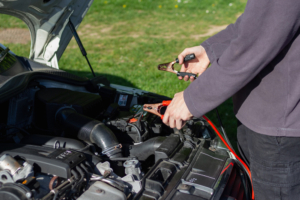 Start the Vehicle:
Start the Vehicle:
- Start the vehicle with the working battery and let it run for a few minutes.
- Try starting the vehicle with the dead battery. If it starts, leave both vehicles running for a few more minutes to allow the dead battery to recharge.
Disconnect the Cables:
- Carefully and in reverse order, disconnect the jumper cables. Start with the BLACK grounded cable from the previously dead vehicle’s metal surface, then the BLACK cable from the working battery, followed by the RED cable from the working battery, and finally the RED cable from the previously dead vehicle.
- Ensure that the cables don’t touch each other during this process.
Conclusion
Your vehicle is more than just a mode of transportation; it can be your lifeline during emergencies. Therefore, ensuring it’s well-prepared and well-maintained is crucial. By creating a well-thought-out car emergency kit and staying on top of vehicle maintenance, you’ll be better prepared to handle a wide range of unexpected challenges. Keep in mind that preparation today can make all the difference tomorrow when you need it most. Whether it’s a natural disaster, a breakdown in a remote location, or any other emergency, a prepared vehicle can make the difference between safety and uncertainty.

